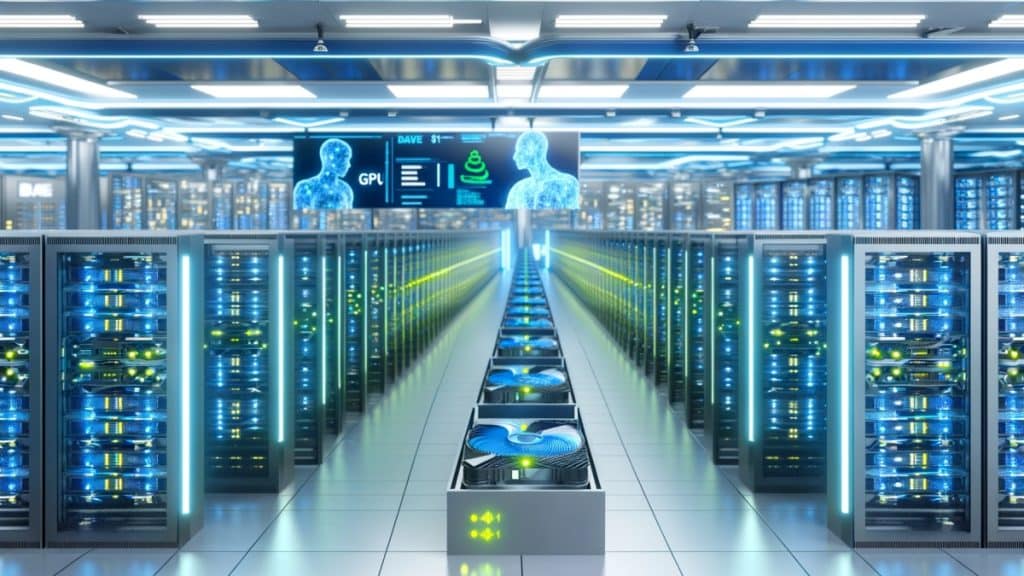GPUs come with specialized hardware components that excel at parallel processing tasks. This enables them to handle vast amounts of data and complete complex calculations in no time, as required by deep learning and AI training applications. Let’s explore how they are revolutionizing AI and deep learning in data centers.
They Provide Computational Power for Training Proposes
GPUs were originally designed to render graphics-intensive images and applications. Their parallel processing power enables them to handle multiple tasks at data centers, which makes them the best option for handling huge amounts of data required for AI model training. Since the introduction of data centers GPUs, data centers have been able to accelerate the training of complex neural networks. Consequently, they have reduced the processing periods significantly and released new models much faster.
As the demand for AI-driven insights and applications continues to rise, there is a need for speed in training, data analysis and testing complex computations. GPUs will play a role in ensuring the delivery of these technologies in record time.
Increased Efficiency and Ability to Scale Operations
There has been debate on the amount of energy data centers use in training models and deep learning. Fortunately, GPUs are able to process hundreds of tasks simultaneously, removing the need to have several traditional CPUs to do each of the jobs. This eventually lowers the amount of energy required for each computation. Therefore, GPUs help data centers lower the costs of operation as well as their carbon footprint, eventually enabling them to align with global green efforts without lowering the speed of production.
Additionally, GPUs can be scaled with ease should there be a need for a data center. Today’s modular GPU clusters will just need to slot into existing systems to take in increased workloads. This approach is cheaper than buying new systems because of the increased computing demand. It also offers data centers more flexibility when supporting dynamic AI and big data projects. Besides, the ability to scale at lower cost helps in accelerating data centers growth.
They Enable Edge Computing
Edge computing involves processing data near where it is generated. Since most GPUs are small and have modest power needs, it is possible to use them at the local level. This move helps reduce bandwidth consumption and latency as the data is processed locally. Such innovations will be key in rolling out AI applications like the use of IoT devices for consumer use and real-video analytics in sectors like healthcare and security.
They offer Support for Cloud Computing and Virtualization
Most data centre applications use cloud computing models to store and access data. On the other hand, virtualization enables different users to access computation resources from one terminal. The huge processing power provided by GPUs makes them ideal for these two applications. Data centers can handle and dispense more data with a few hardware requirements and support AI services for access by a huge target audience.
GPUs are the next best thing in AI and deep learning development. Data centers can use them to compute complex calculations, process huge amounts of data, and make access to other services more efficient.
